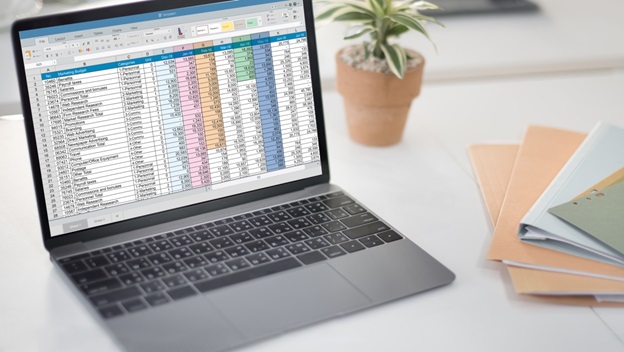
Are you asking “What can you use excel for?” and trying to make it work for you? Read this article to learn quick tips for using excel.
Of all of the tools that have revolutionized the way we work over the past two decades, none have been so widely adopted as Excel. Close to one billion people use the Microsoft Office platform on a regular basis, for everything from statistical analysis to creating invoices.
While Excel can be a daunting feature for some, the true beauty of using Excel is its simplicity. Excel may look complicated at first, but simply knowing a few basic features can help make your work significantly more efficient.
If you’re wondering how to get to grips with this fundamental software, read on to find out what can you use Excel for in your day-to-day working life.
- What Can You Use Excel For? Pivot Tables
One of the most useful excel tips by far is pivot tables. If you have a large amount of data you need to reorganize, simply go to Data > Pivot Table to make sense of it all. There are several nifty ways you can reorganize a data set of any size with this function:
- Value filters: These allow you to reorganize your data according to certain values, for example by averages or maximum size.
- Report filters: These allow you to pull up certain rows of data that you might be interested in.
- Column and Row Labels: Allows you to organize data according to different headers or labels.
- Conditional Formatting
Learning how to use Excel means getting to grips with the Conditional Formatting function. This allows you to ask your Excel spreadsheet to flag up specific patterns in any dataset.
For example, if you wanted to find out which product is the best-selling in your company.
Once you have decided what you want to find out, Excel will color code the data according to your request. This is invaluable for any metrics-driven business.
- Read Excel Files in Different Programming Languages
In a world were Python, C++, Ruby, and C Sharp are everyday tools of the trade, a handy Excel trick is learning how to import Excel data into your programming language of choice.
There are many ways to do this depending on your language. Take for example C Sharp, one of the most widely used programming languages.
With this simple C# read Excel file example, you can instantly import any data into your library without third party software.
- Removing Duplicate Data Points
Datasets are often complicated by the presence of duplicate information. While this can mess with your results, it is an easy problem to fix.
All you need to do is go to the Data Tab in the Tools section and select the “Remove Data” function.
This will allow you to request that Excel deletes all duplicated data. This is a way of using Excel tips and tricks to ensure that it is only reading the data that you want it to.
Learn More
Now that you know the answer to “what can you use Excel for?”, it’s time to keep learning. If you need more tips and tricks for making sense of the data you deal with, head to our Database Section for all of the latest guides and how-tos.




